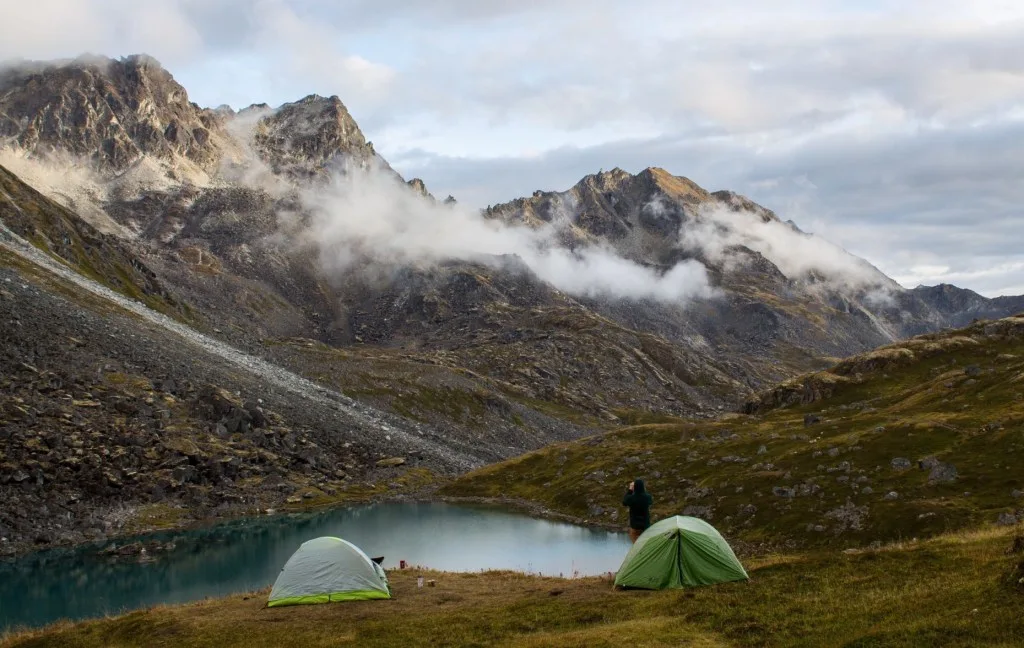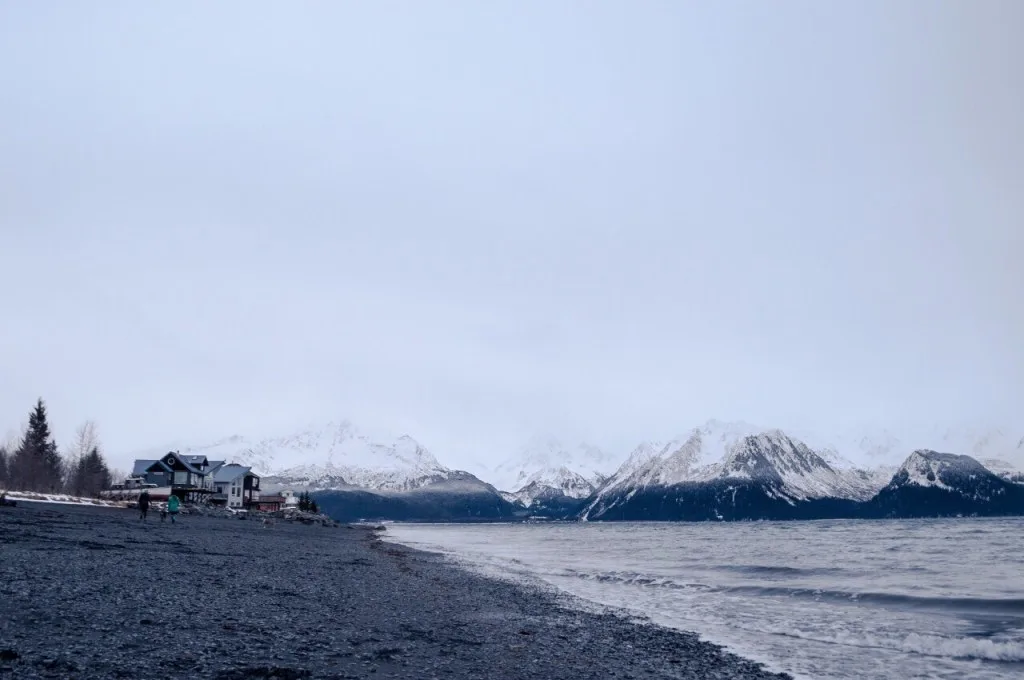A trip to the Land of the Midnight Sun is on many travel lists. It’s an awe-inspiring excursion through jaw-dropping landscapes and inspirational locations. Seeing wildlife in its natural habitat is a highlight of any Alaskan tour.
However, there is one beast you should know about before you venture into the wilds. Learn all you can about the Legend of Kushtaka before heading to the southeastern portion of the state. It may make your trip more enjoyable, safe, and mysterious.
You will never look at sea otters in quite the same way!
What Is the Legend of Kushtaka?
The Tlingit people of southeastern Alaska speak of shape-shifters that await those who wander into the wilderness or the ocean. These Kushtaka initially look like humans and sometimes appear when someone is injured or in trouble.
The creatures claim to help or rescue those they find, but according to legend, the Kushtaka take their quarry further into the wilds, turning them into fellow shape-shifting beasts.
In some versions of the legend, these malevolent beings lead sailors to their deaths, while others ‘rescue’ children from the intense cold when they are lost, only to turn them into Kushtaka, as well.
Others state that the beasts imitate the cries of a baby or a woman in trouble to lure their prey, eventually tearing them to shreds.

What Does the Kushtaka Do?
A Kushtaka can look like a fellow human being, but when alerted, they “shape-shift” into a large, hairy humanoid figure resembling a giant sea otter. According to the legend, Kushtaka are interested in creating more beings like themselves.
If that doesn’t work, they destroy the Tlingit they have captured, making them unable to reincarnate. Then the original beast will shape-shift into the appearance of a human again.
What Does the Kushtaka Look Like?
The name “Kushtaka” describes what one of these mythical creatures looks like. There are more than 26,000 “little otter men” swimming along the shores of Alaska, so it is easy to see how the legend of Kushtaka can seem so overwhelmingly real. Playful sea otters frolic in ocean inlets all over southeastern Alaska, but according to the Tlingit legend, some of these charming creatures are shape-shifters that turn into dangerous men.
The sea otter is the smallest marine mammal with an extremely thick fur coat. The luxurious pelts were highly sought-after, and people hunted otters for 150 years, bringing their numbers from 300,000 animals to 2,000 by 1911.
With a moratorium on hunting, the sea otter population has grown, making it the perfect symbol for a creature of folklore that can turn children into Kushtakas like themselves, giving them protection from the cold but denying them earthly life.

Is the Kushtaka a Mythical Creature or Real?
The answer to this question depends on the person you ask. Many Tlingit people may believe that the Kushtaka is a real creature meant to harm them. Others may encourage the legend because it can be an excuse for unexplained events. Some authors have claimed that this legend is an ancestor of fallen angels or Nephilim from the Christian Bible.
It seems every culture has some legend that instills fear. Sometimes storytellers create those creatures for entertainment or to symbolize humanity’s poor behavior. Often, people base mythical beings on a cultural or religious belief, making defining them as real or not much more challenging. Those who believe deeply usually are tough to persuade otherwise.
Who Started the Legend of Kushtaka?
Many believe that the Legend of Kushtaka began with Tlingit mothers warning their children away from the dangers of the ocean and deep wilderness. It is no slight stretch to see how playful little otter men would entice children.
Since Kushtakas were along the coast and in nature, the stories taught kids not to fall for the Kushtaka’s trickery and to stay away.
Pro Tip: Find out if the Kushtaka is the reason as to Why People Are Disappearing From Nome, Alaska.

How Safe Is Alaska for Tourists?
Alaska is the wild frontier, but it is no different from any other location regarding mystical creatures or genuine threats. No matter your belief in Kushtaka, the state is a destination for adventurers and explorers. In your excursions there, you most likely won’t run into any Kushtaka unless you are of the Tlingit tribe.
But if you do run across a shape-shifter, there are a few ’tools’ you should have to ward it off. The Kushtaka fear dogs, and knowing the number of sled dogs in the state; you should have no problem getting rid of the creature if you hike with one. Copper, urine, and fire are suitable methods to keep the legend away.
What Should You Avoid in Alaska?
When in Alaska, don’t limit your exploration to a cruise ship, campsite, or hotel room. Even with legends like the Kushtaka, the state has an enormous array of adventures await you.
These adventures can be as safe or adventurous as you make them. It is truly the Last Frontier, reminding us of what the Lower 48 states were once like. Avoid traveling the state with a closed mind, as various cultures, beliefs, and characters live throughout the rugged landscape.
Pro Tip: Ever wonder just how far Alaska is from the rest of the world? We found out Is It Possible to See Russia from Alaska?
Should You Beware of the Kushtaka?
If you hike the forests of North America with a fear of running into Sasquatch or visit the shores of Loch Ness looking for Nessie, you should probably explore southeastern Alaska with a dog and be on the lookout for the Kushtaka. However, if your goal is to enjoy the wonders of Alaska, enter its boundaries, and it won’t disappoint you.
Would you try to avoid the Kushtaka? Tell us in the comments!
Discover the Best Free Camping Across the USA
To be honest with you, we hate paying for camping. There are so many free campsites in America (with complete privacy).
You should give it a try!
As a matter of fact, these free campsites are yours. Every time you pay federal taxes, you’re contributing to these lands.
Become a FREE CAMPING INSIDER and join the 100,000 campers that love to score the best site!
We’ll send you the 50 Best Free Campsites in the USA (one per state). Access the list by submitting your email below: